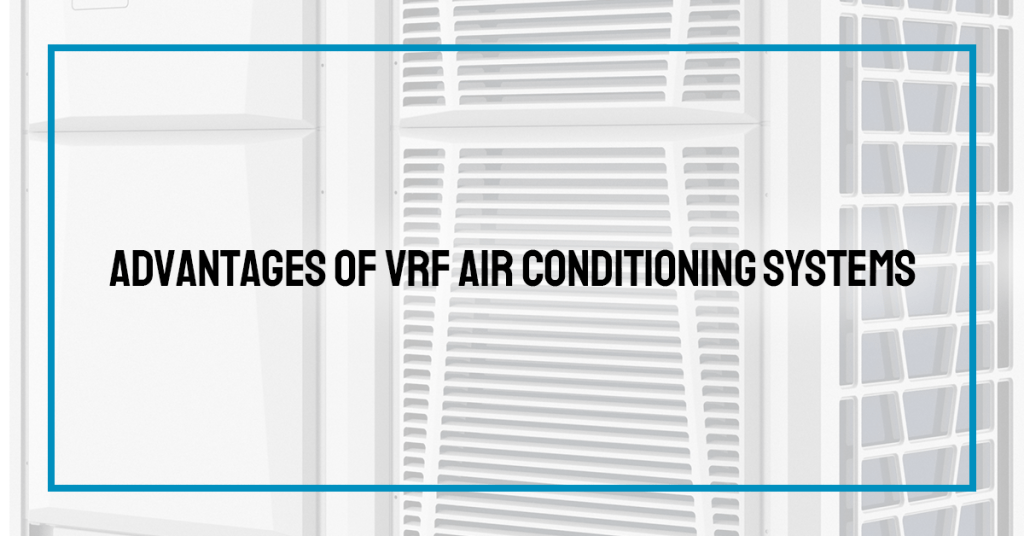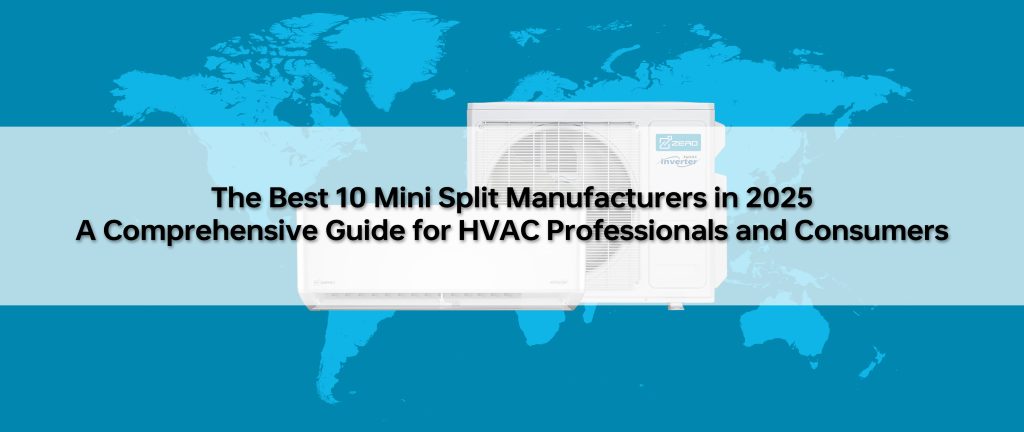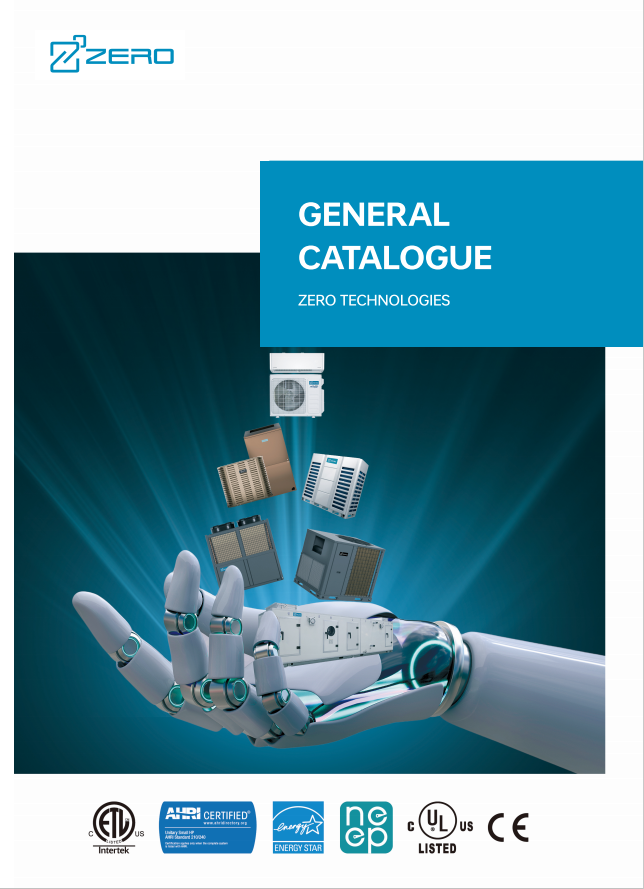When you purchase a new air conditioner, you will most likely see some climate ratings such as T1, T2, and T3. These ratings provide important information about the temperature ranges that different models of air conditioners can handle. By knowing the climate characteristics of your area and choosing the right rating, you can maximize the performance and energy efficiency of your air conditioner.
What’s the meaning of “T”?
The “T” rating on a commercial compressor refers to the specific climate where it is intended to be used. T1 is a temperate climate, T2 is a cold climate, and T3 is a tropical climate. They are designed to operate in the following temperature ranges

T1: This type of air conditioner is suitable for locations with outdoor temperatures between 18°C and 43°C. T1 rated units are suitable for mild climates without temperature extremes.
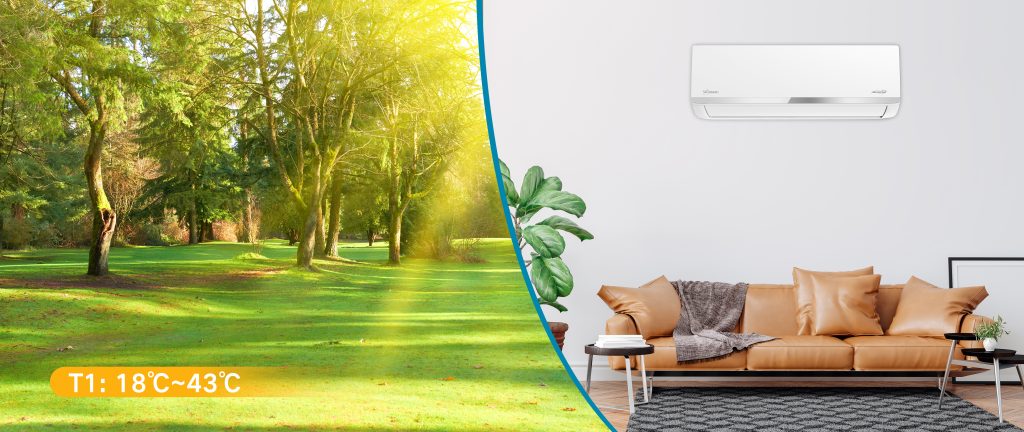
T2: With ambient temperatures ranging from 10°C to 35°C, T2 rated air conditioners can handle cold climates. This makes it ideal for seasonal needs in cold regions.

T3: Ideal for tropical climates with ambient temperatures ranging from 21°C to 52°C. The T3 model provides sufficient cooling capacity for areas with chronically high temperatures.
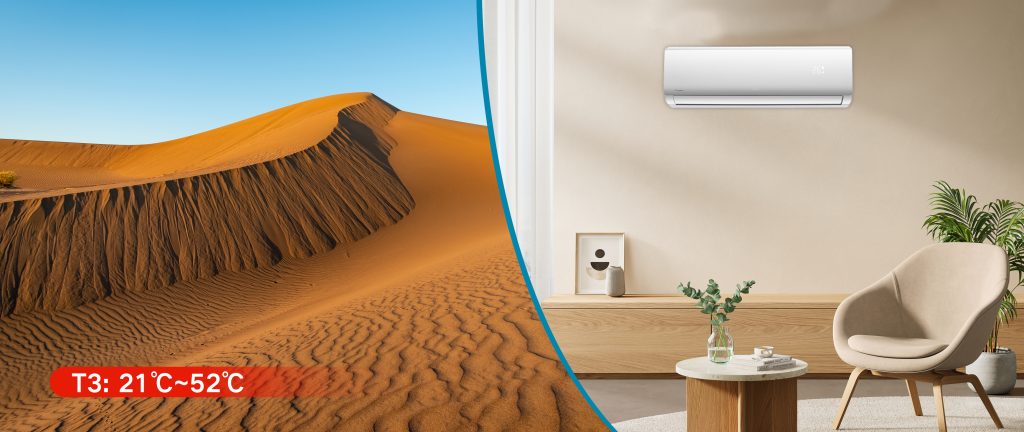
Climate class ratings selection & Air conditioning matching principle
When choosing a new air conditioning unit, be sure to refer to an air conditioning specification guide that takes into account your location’s typical climate patterns and temperature fluctuations. This will ensure that you choose an air conditioner with the right class rating that will provide ideal cooling performance in your ambient temperature range. The right climate rating match means savings on your electric bill and years of superior performance.
1. Maximize the cooling capacity of air conditioners. Air-conditioners are designed to have the highest theoretical cooling capacity and energy efficiency when their operating conditions are matched to the climate. Under these climatic conditions, the overall cooling performance of the air conditioner reaches an ideal state. This ensures that the air conditioner has the best effect and the longest service life.
2. Avoid long-term inefficient and frequent start-up. If the working conditions and climate mismatch, such as T3 conditions of the air conditioning installed in the north of the summer short hot and dry season, then the air conditioning start and stop will be too frequent, long-term inefficient operation. This is because the maximum cooling capacity of the design conditions and the actual working conditions do not match the cause.
3. Balance comfort and power saving. Appropriate working condition settings, air conditioning in both the comfort effect at the same time, but also to achieve the highest energy conversion efficiency, maximize power savings, to avoid the performance and ambient temperature is too prominent or not enough to cause the waste of electricity.
4. Reduce the failure rate, prolong the service life of components and appliances. Matching the ambient temperature conditions with the designed working conditions allows the unit to operate according to the best parameters, reducing the frequency of abnormal starts and stops, so that the bearings, compressors, electronic components and other components will not be excessive wear and tear.
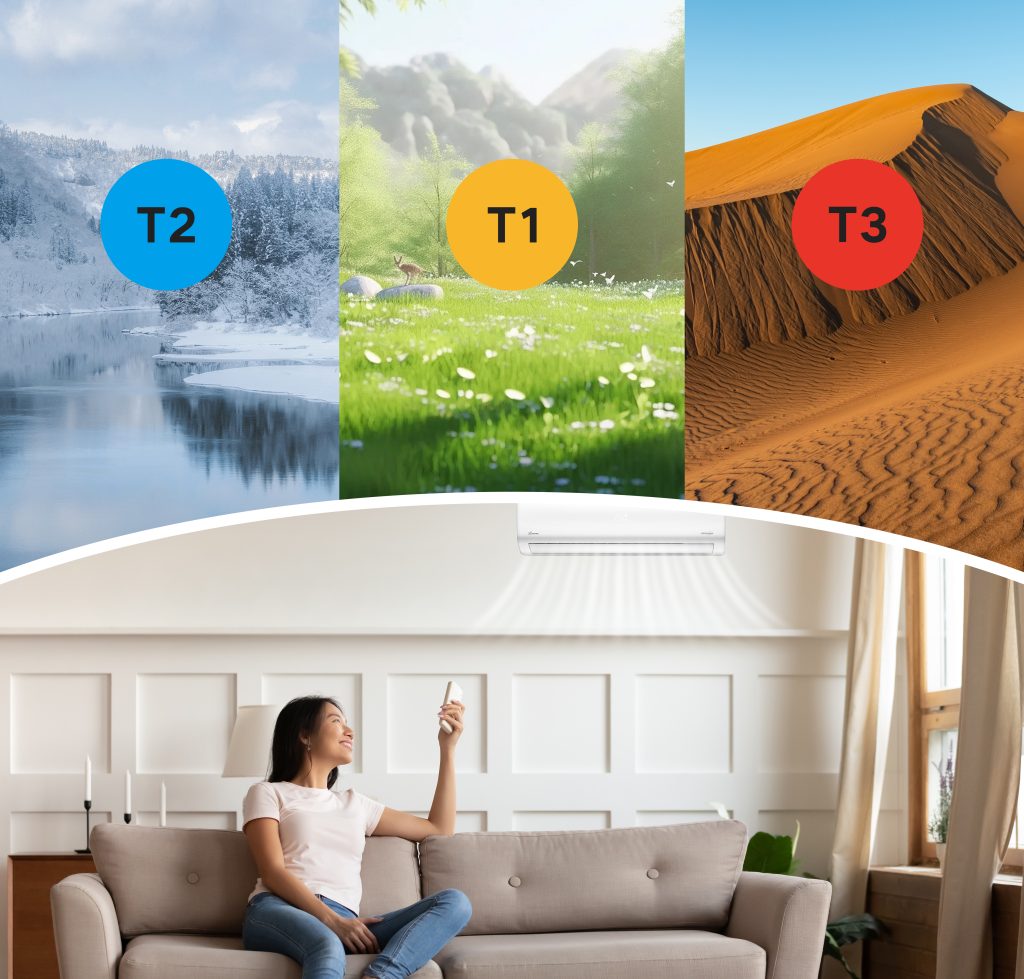
To conclude, the first step in choosing an air conditioner is to understand the climatic conditions and temperature range of your area. After that, you can choose the air conditioner that corresponds to the working conditions. The correct choice of working condition standards, and the typical local climate, for the use of air conditioning effect, power saving and service life are very good.

